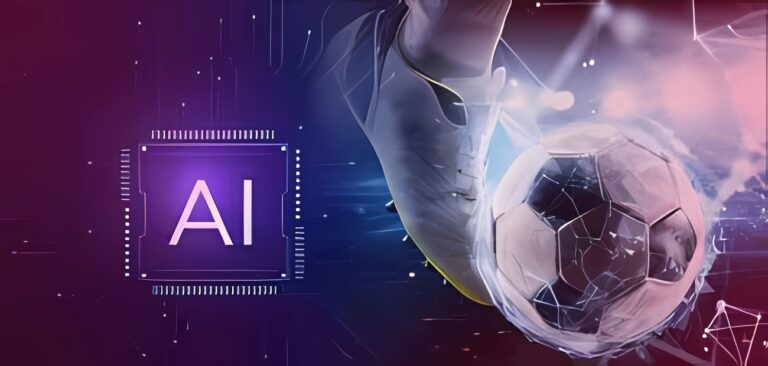Exploring the Future: Technological Innovations in Chandrayaan 3.
The vast expanse of space has always fascinated humankind, beckoning us to uncover its mysteries and secrets. With each space mission, we inch closer to understanding the cosmos and our place within it. India, a prominent player in space exploration, has consistently made strides with its Chandrayaan missions. Chandrayaan 1 and 2 were monumental achievements, and now, with Chandrayaan 3 on the horizon, the world eagerly anticipates the technological innovations it will bring forth.
A Brief Overview of Chandrayaan Missions:
Before delving into the technological marvels of Chandrayaan 3, let’s take a moment to appreciate the groundwork laid by its predecessors.
Chandrayaan 1, launched in 2008, marked India’s first lunar probe. It uncovered major findings, such as detecting water molecules on the moon’s surface.. Chandrayaan 2, launched in 2019, was an even more ambitious project, comprising an orbiter, a lander (Vikram), and a rover (Pragyan). Although the Vikram lander experienced a hard landing, the orbiter continues to send valuable data.
Chandrayaan 3: The Technological Leap:
Chandrayaan 3, the upcoming lunar mission, is poised to build upon the achievements of its predecessors while incorporating innovative technologies that promise to revolutionize our understanding of the moon and beyond.
1. Precision Landing Technology:
Learning from the challenges faced during Chandrayaan 2’s landing attempt, Chandrayaan 3 will implement cutting-edge precision landing technology. This technology will enable the lander to autonomously adjust its trajectory in real-time, ensuring a smoother and more controlled descent.
2. Advanced Rover Capabilities:
The rover onboard Chandrayaan 3 is expected to boast enhanced mobility and analytical instruments. This means a wider range of samples can be collected and analyzed with greater accuracy, potentially uncovering more secrets about the moon’s geological history.
3. Sample Return Mission:
One of the most exciting innovations in Chandrayaan 3 is the prospect of a sample return mission. This involves collecting samples from the lunar surface and safely transporting them back to Earth. Such a feat would mark a historic achievement for India and contribute significantly to our understanding of lunar geology.
4. Increased Autonomy:
Chandrayaan 3 will leverage advancements in artificial intelligence and machine learning to increase the autonomy of its spacecraft. This means that the spacecraft can make crucial decisions in real-time, adapting to unexpected situations without relying solely on ground control.
5. International Collaborations:
Chandrayaan 3 aims to foster international collaborations, bringing together the expertise of scientists, engineers, and researchers from around the world. This collaborative approach ensures a diverse range of perspectives and ideas, potentially leading to breakthroughs that might not have been possible in isolation.
Conclusion: Unveiling the Universe:
As Chandrayaan 3 gears up for its mission, the world watches with bated breath. The technological innovations it brings to the table have the potential to reshape our understanding of the moon and beyond. Through precision landing, advanced rovers, sample return missions, increased autonomy, international collaborations, and technological spin-offs, Chandrayaan 3 exemplifies human ingenuity and the relentless pursuit of knowledge.
As we stand on the brink of a new era in space exploration, let us remember that every step we take into the cosmos is a step toward unraveling the mysteries that have captivated us for generations. Chandrayaan 3 is not just a mission; it is a testament to the remarkable capabilities of human innovation and our unquenchable thirst for discovery.







